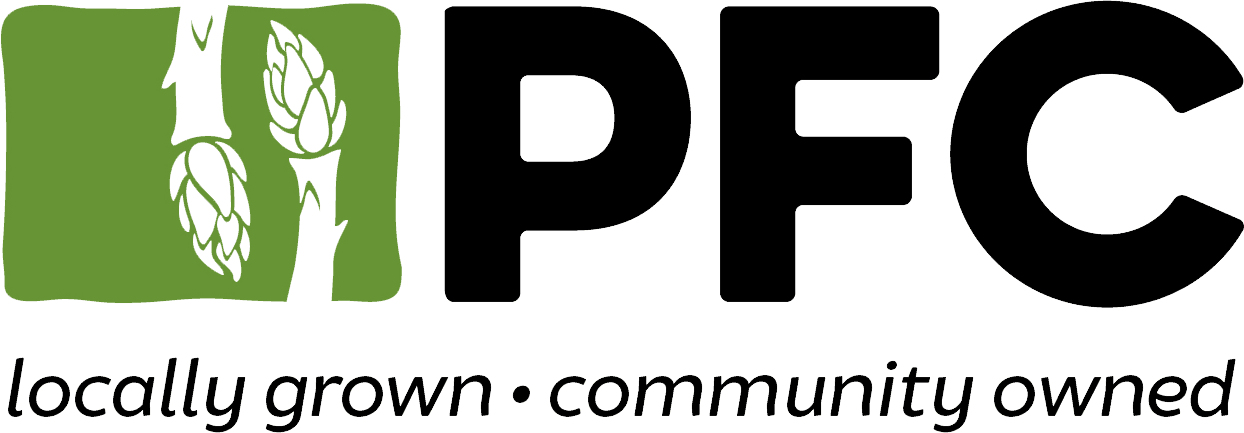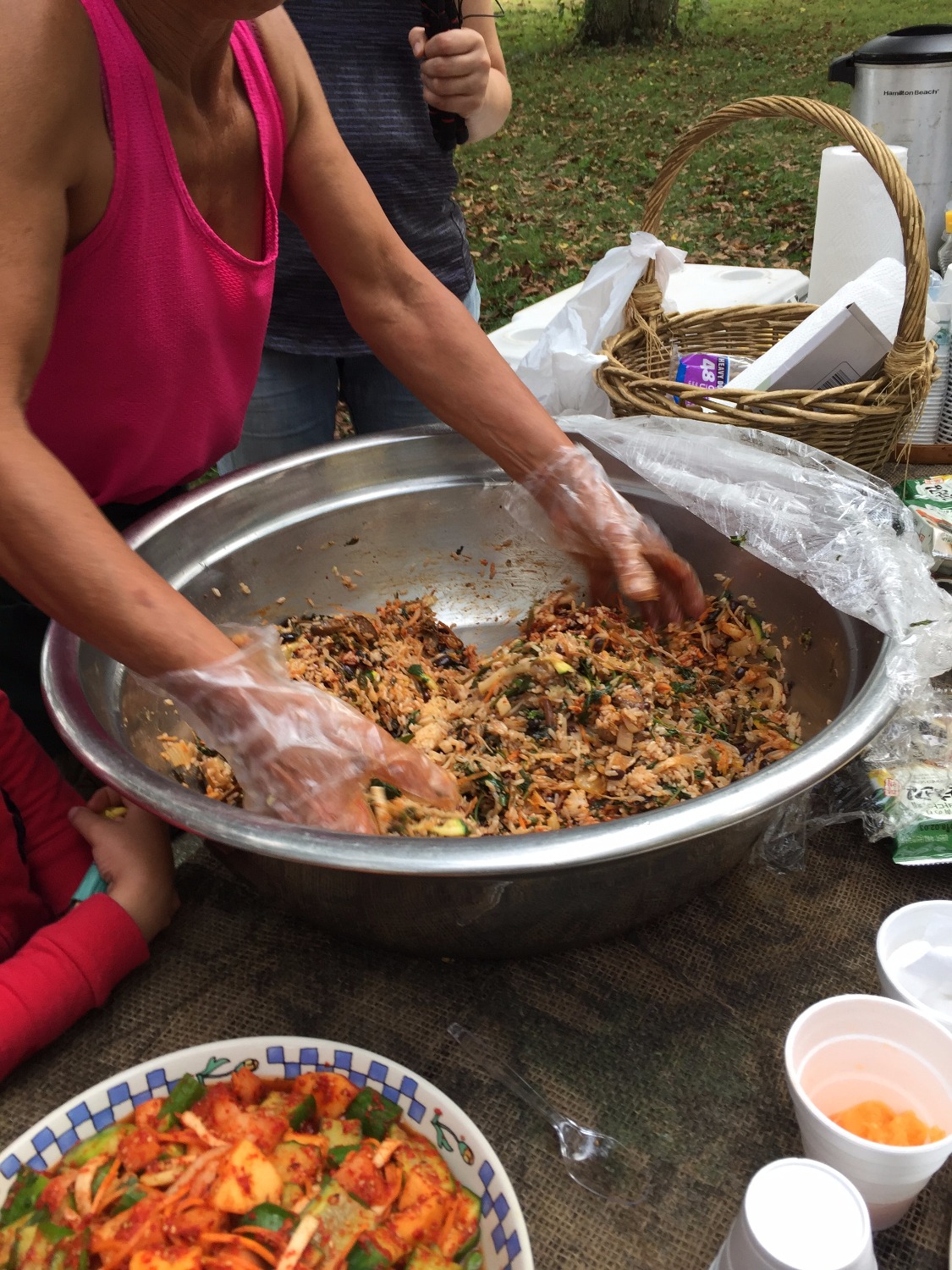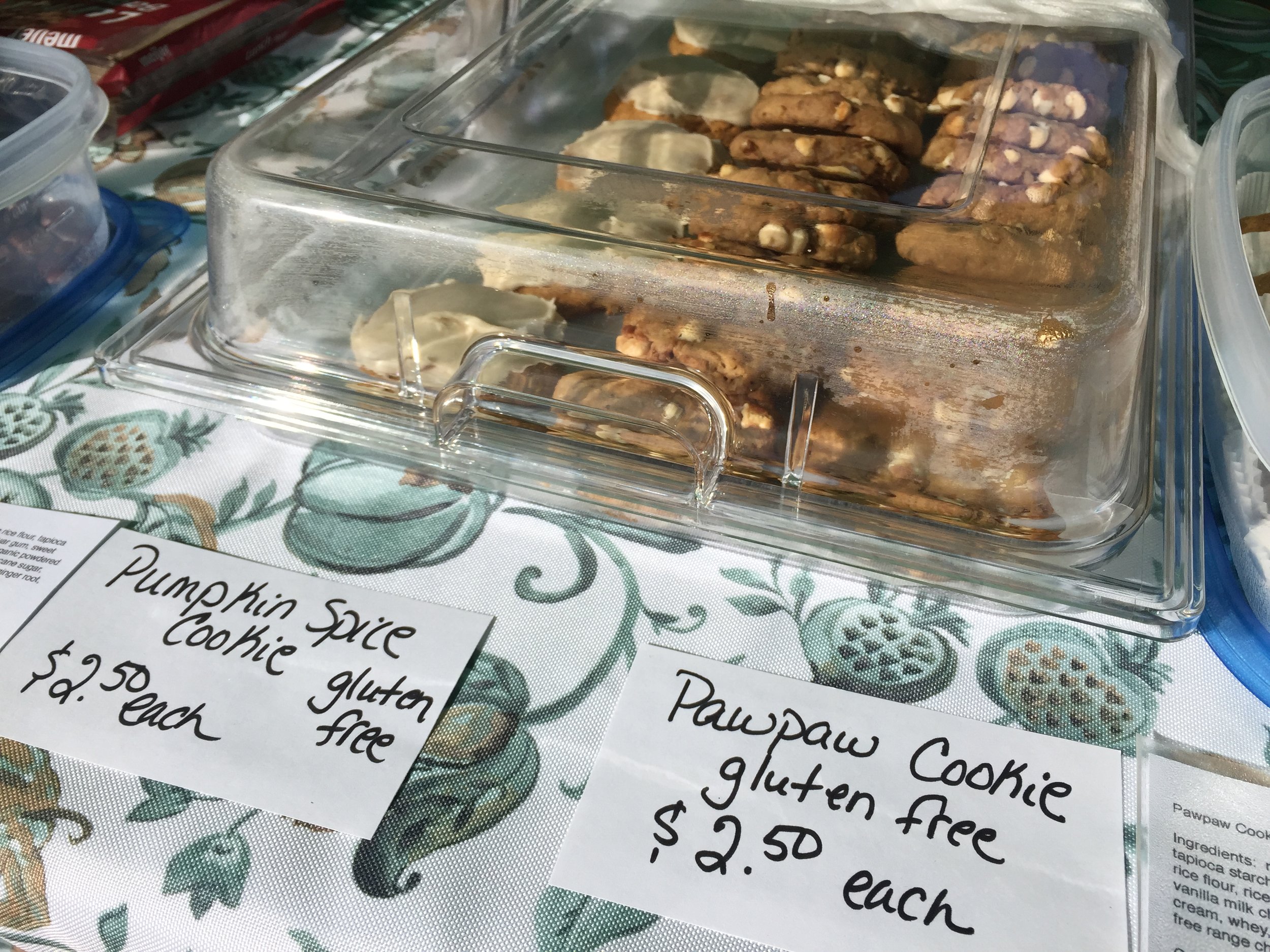Wild Foraging for Pawpaws with Nabe
Recently I went foraging for Michigan pawpaws and wild mushrooms at the Bonamego Farm in Lawerence MI. We were led by Nabe (Chom Tok) Bowerman, Bonamego farm manager and vendor at the Kalamazoo Farmers market and the Portage Market. Nabe gained her knowledge of edible and medicinal wild plants form her father while growing up in Korea. She has been refining her skills ever since, taking time each day to go into the forest and see what nature has to offer.
You can join her for a foraging class which usually takes place on Sundays from 3:00-6:00. They are only $40 and you take home everything you find, Nabe even treats students to a traditional Korean meal, with dishes such as Kimchi and Bibimbap. You can check their Facebook page to see when classes are held or you can ask her yourself at the Bonamego stand at the Kalamazoo Farmers Market, Tuesdays and Saturdays form 7-2. Now lets talk pawpaws.
Pawpaws, "not just a small town in SW Michigan"
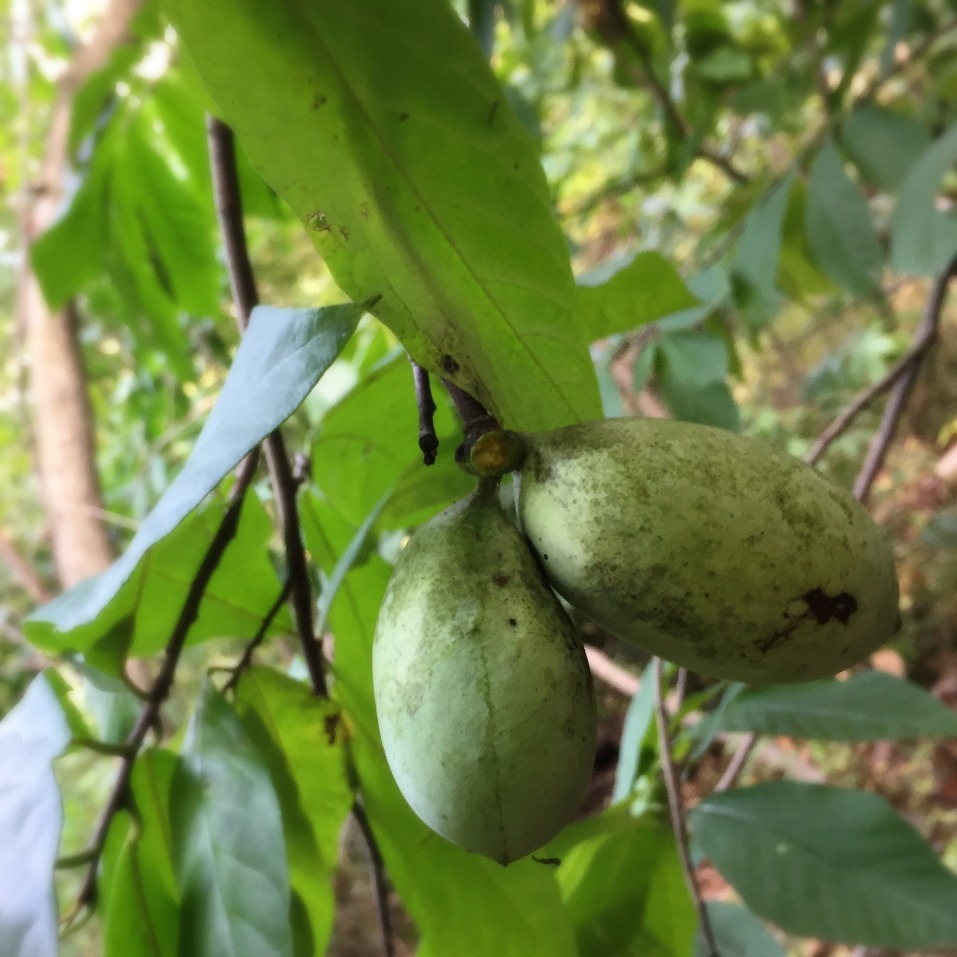
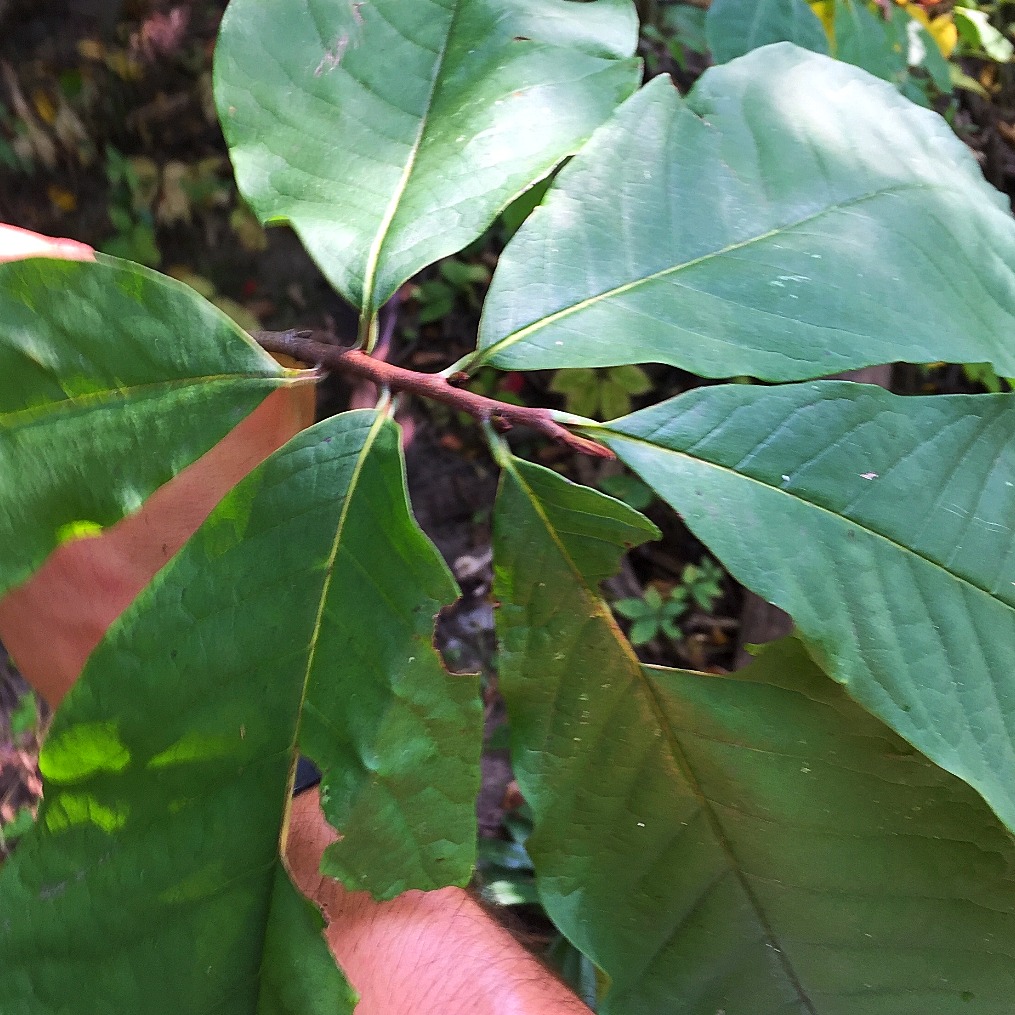

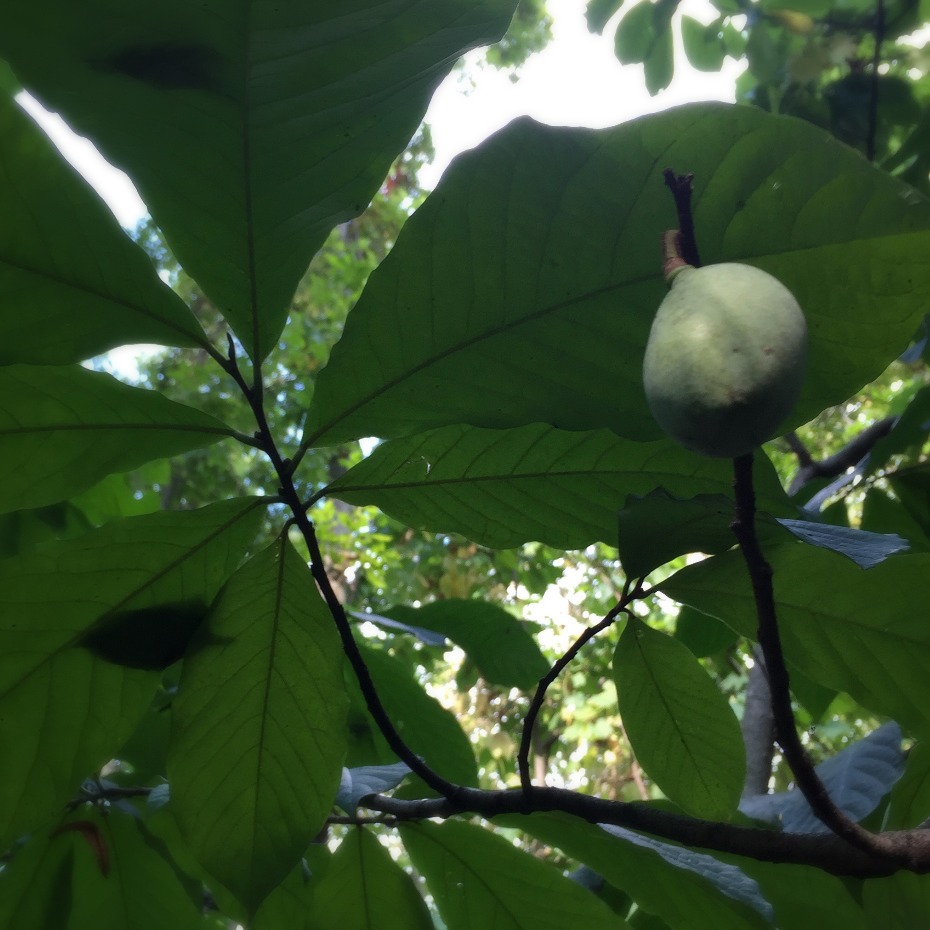
The mostly unheard of, mango like fruit known as the pawpaw belongs to the small deciduous tree Asimina triloba, they were once so abundant in SW Michigan that the town of Paw Paw is named after them. They are an understory tree only growing to around 35 feet tall, but with broad simple leaves that range from 10-12 inches long by 4-6 inches wide. Pawpaw trees are patch forming, so if you find one you will likely find many more clones of the same tree in the area. Pawpaw trees are the only species of its family (Annonaceae) that are endemic to north America, other relatives found closer to the equator bear tropical fruits such as the custard apple and ylang-ylang.
Development has reduced their numbers significantly over the years but they can still be found throughout SW Michigan from September through early October. The fruits have a yellowish-green outer skin and can get quite large, some weighing in over a pound. They have a distinctive tropical appearance and shoppers at the farmer's market are often confused when they ask where pawpaws come from and the reply is, "here". The flesh is yellow and custard like when ripe and it tastes like a cross between a banana and a mango but sweeter, with a slightly more slimy texture. This can be undesirable for some, but more often people are very excited when pawpaw season arrives. I found them to be delicious but they do have relatively large bean shaped seeds to watch out for.
Where the wild pawpaws grow
Leading up to the foraging class with Nabe I had only heard of pawpaw trees in Michigan and to my knowledge I had never come across them on my hikes. It didn't take long on our walk through the woodlot adjacent to the farm before we were in a thick patch of these trees. It was a bazaar experience shaking the tree stalks to see big fruits thump to the ground. Before I knew it my basked was heavy with the things, eventually I just started eating them and passing them out to others in the group so I didn't have to carry so much around. Too many pawpaws is a good problem to have.
You can find these trees growing in forests throughout SW Michigan, they prefer partial shade and fertile well drained soil. They are often found along creeks and stream banks and floodplains. Ive been told that a good place to look in our region is along country roadsides in the Paw Paw, Lawrence and Bangor area. Just be aware of pollution and never forage directly off a roadside. Much of the prime foraging sites are likely on private land, so getting access may be difficult. You can always ask a farmer selling them at the market, if you can forage on their land. You can also just ask around, but those who know of good spots will probably keep it secret, local parks and nature preserves are worth a shot.
Pawpaw recipes and uses
Aside from enjoying them fresh pawpaws can be added to smoothies, baked goods and even beer. You can substitute them in for banana bread recipes or make paw paw cookies like Janet Marie's Garden and Bakery does at the Portage Market. I tried one of them and I can attest that they mix very well with baked goods, adding moisture and a healthy amount of sweetness. You can also store them in the fridge to increase their shelf life, or freeze them whole or processed to keep a stockpile for the right occasion. Now that you know about this unique and quirky fruit go out and test your foraging skills before they season ends.
I want to thank Nabe for sharing her knowledge with us and wish all readers the best on their pawpaw hunts.
